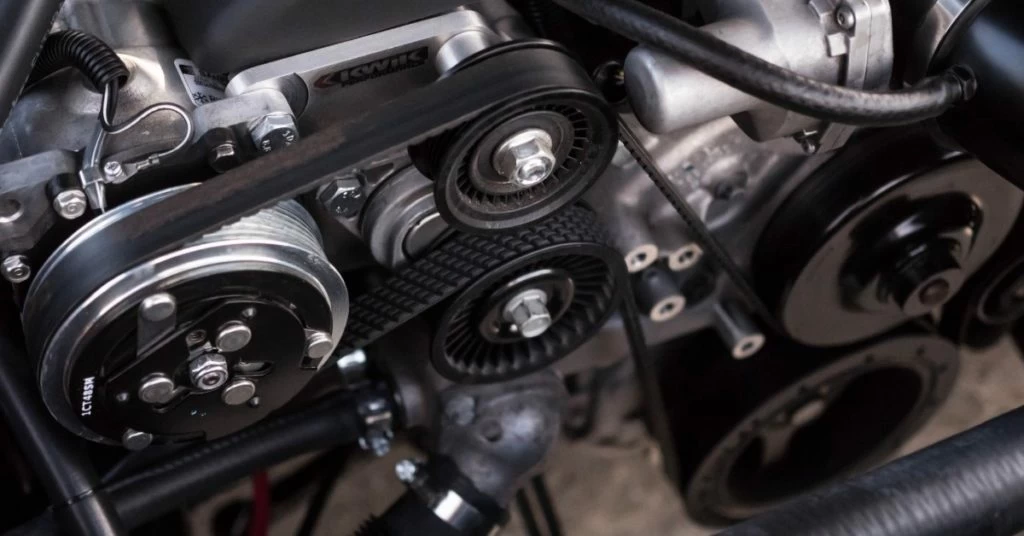- Arabic
- French
- Russian
- Spanish
- Portuguese
- Turkish
- Armenian
- English
- Albanian
- Amharic
- Azerbaijani
- Basque
- Belarusian
- Bengali
- Bosnian
- Bulgarian
- Catalan
- Cebuano
- Corsican
- Croatian
- Czech
- Danish
- Dutch
- Afrikaans
- Esperanto
- Estonian
- Finnish
- Frisian
- Galician
- Georgian
- German
- Greek
- Gujarati
- Haitian Creole
- hausa
- hawaiian
- Hebrew
- Hindi
- Miao
- Hungarian
- Icelandic
- igbo
- Indonesian
- irish
- Italian
- Japanese
- Javanese
- Kannada
- kazakh
- Khmer
- Rwandese
- Korean
- Kurdish
- Kyrgyz
- Lao
- Latin
- Latvian
- Lithuanian
- Luxembourgish
- Macedonian
- Malgashi
- Malay
- Malayalam
- Maltese
- Maori
- Marathi
- Mongolian
- Myanmar
- Nepali
- Norwegian
- Norwegian
- Occitan
- Pashto
- Persian
- Polish
- Punjabi
- Romanian
- Samoan
- Scottish Gaelic
- Serbian
- Sesotho
- Shona
- Sindhi
- Sinhala
- Slovak
- Slovenian
- Somali
- Sundanese
- Swahili
- Swedish
- Tagalog
- Tajik
- Tamil
- Tatar
- Telugu
- Thai
- Turkmen
- Ukrainian
- Urdu
- Uighur
- Uzbek
- Vietnamese
- Welsh
- Bantu
- Yiddish
- Yoruba
- Zulu
Ago . 14, 2024 09:11 Back to list
Selecting the Right V-Belt for Optimal Performance in Industrial Applications
Understanding the V-Belt A Closer Look at the B60 Model
The V-belt is a critical component in various mechanical systems, playing a crucial role in power transmission across many industries. Among the different types of V-belts available, the B60 model stands out due to its unique specifications and applications. In this article, we will explore the definition, characteristics, applications, and advantages of the B60 V-belt.
What is a V-belt?
A V-belt, named for its trapezoidal cross-section, is used in various machines and engines to transmit power from one component to another. Its design allows it to fit snugly in pulley grooves, ensuring efficient energy transfer while reducing slippage. V-belts can be made from different materials, including rubber, polyester, and other synthetic compounds, which contribute to their strength, flexibility, and durability.
Characteristics of the B60 V-Belt
The B60 V-belt is part of a standardized system that includes belts categorized based on their dimensions. The B designation indicates that this belt falls within a specific range of widths and depths, making it suitable for a variety of applications. The 60 refers to the length of the belt in inches. Specifically, the B60 belt measures 60 inches long, with a top width of 0.875 inches and a height of 0.5 inches.
This particular size makes the B60 V-belt well-suited for medium-duty applications, which often require moderate power transmission. The materials used in its construction typically ensure flexibility and strength, which are essential for performing under varying loads and speeds. Furthermore, the B60 model often features a classic rubber composition that provides resilience against wear and tear.
Applications of the B60 V-Belt
v-belt b60

The B60 V-belt is widely used in various applications across numerous industries. Its versatility allows it to be found in agricultural machinery, manufacturing equipment, HVAC systems, and even in automotive applications. Common usages include driving pumps, fans, compressors, and other machinery, where efficient power transfer is crucial.
In agriculture, for example, the B60 V-belt is often employed in tractors and other farm equipment. Its reliability helps ensure that the machines operate smoothly, ultimately aiding in productivity during critical harvesting or planting seasons. Similarly, in manufacturing settings, the B60 V-belt is utilized to keep assembly lines running efficiently, contributing to overall operational productivity.
Advantages of the B60 V-Belt
One of the primary advantages of using a B60 V-belt is its efficiency in power transmission. The design minimizes energy loss, which is particularly beneficial in systems where performance is essential. Additionally, the B60 model's durability means that it can withstand operating conditions that might deteriorate lesser belts. This attribute reduces the frequency of replacements, leading to lower maintenance costs.
Moreover, the B60 V-belt offers compatibility with a range of pulleys, making it a flexible choice for engineers and technicians looking to replace worn belts without modifying their equipment. This compatibility, combined with effective power transfer capabilities, makes the B60 a preferred choice across various sectors.
Conclusion
In summary, the B60 V-belt is an exemplary component within the realm of power transmission. Its dimensions and characteristics align it well with a multitude of applications, ensuring efficient performance in agricultural, manufacturing, and automotive contexts. With its inherent advantages, the B60 model not only contributes to the operational efficiency of machines but also optimizes maintenance efforts in the long run. When considering power transmission solutions, the B60 V-belt is undoubtedly a reliable choice for engineers and professionals seeking quality and performance.
-
Korean Auto Parts Timing Belt 24312-37500 For Hyundai/Kia
NewsMar.07,2025
-
7PK2300 90916-T2024 RIBBED BELT POLY V BELT PK BELT
NewsMar.07,2025
-
Chinese Auto Belt Factory 310-2M-22 For BMW/Mercedes-Benz
NewsMar.07,2025
-
Chinese Auto Belt Factory 310-2M-22 For BMW/Mercedes-Benz
NewsMar.07,2025
-
90916-02660 PK Belt 6PK1680 For Toyota
NewsMar.07,2025
-
drive belt serpentine belt
NewsMar.07,2025

